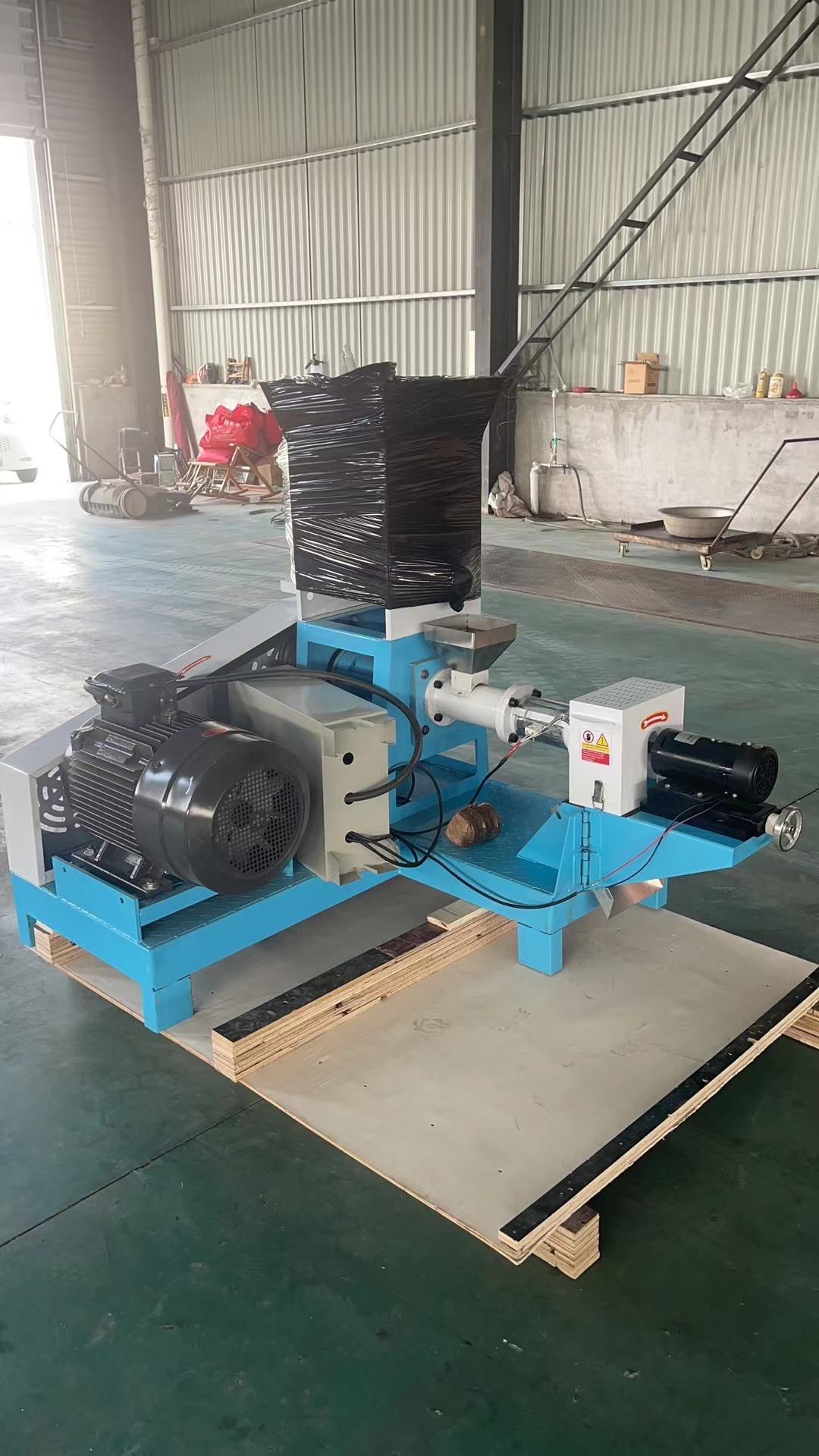food vacuum sealer packaging machine
Nov . 15, 2024 02:42 Back to list
food vacuum sealer packaging machine
The Evolution and Benefits of Food Vacuum Sealer Packaging Machines
In recent years, food preservation has seen a significant transformation, primarily due to advancements in technology. One of the most impactful innovations has been the food vacuum sealer packaging machine. These devices have revolutionized the way consumers and businesses store food, extending its shelf life and maintaining its quality.
At its core, a vacuum sealer works by removing air from a plastic bag or container before sealing it shut. This process reduces the presence of oxygen, which is one of the main accelerators of food spoilage. By eliminating oxygen, the growth of bacteria, mold, and yeast is inhibited, leading to prolonged freshness. This is particularly essential for perishable items such as fruits, vegetables, meats, and cheeses.
The benefits of using a food vacuum sealer packaging machine extend beyond mere preservation. For households, it allows for bulk purchasing and storage, which can lead to significant savings. For instance, buying meat in large quantities can be more cost-effective, and vacuum sealing can help prevent the onset of freezer burn, ensuring that the meat retains its flavor and texture when defrosted. Moreover, meals can be prepped in advance and sealed, making it convenient for busy families to maintain healthy eating habits without the hassle of daily cooking.
food vacuum sealer packaging machine

In commercial settings, vacuum sealers are indispensable. Restaurants and catering businesses utilize these machines to manage inventory efficiently and reduce food wastage. By vacuum sealing ingredients, they can ensure that food remains fresh while also developing sous-vide cooking methods. This popular culinary technique involves vacuum-sealing food and cooking it at specific temperatures, resulting in perfectly cooked meals with enhanced flavors.
Furthermore, food vacuum sealing has environmental benefits as well. By reducing food waste, it contributes to sustainability efforts. Less food waste not only conserves resources but also decreases methane emissions from landfills, showcasing how a simple machine can have far-reaching environmental implications.
Types of vacuum sealers vary widely, catering to different needs. Chamber vacuum sealers, often used in professional kitchens, provide a thorough seal by enclosing the bag within a chamber. On the other hand, external vacuum sealers are more common in homes due to their affordability and ease of use. With the right machine, anyone can master the art of vacuum sealing and enjoy its benefits.
In conclusion, food vacuum sealer packaging machines have become a key component in the food preservation landscape. Their ability to prolong freshness, reduce waste, and enhance convenience makes them invaluable to both consumers and professionals alike. As technology advances, these machines are likely to become even more accessible and efficient, solidifying their role in modern food storage practices. Whether you're a home cook looking to improve meal prep or a restaurant owner aiming to optimize inventory, investing in a vacuum sealer can yield excellent returns in both quality and cost-effectiveness.
-
Hot Sale 24 & 18 Door Rabbit Cages - Premium Breeding Solutions
NewsJul.25,2025
-
Automatic Feeding Line System Pan Feeder Nipple Drinker - Anping County Yize Metal Products Co., Ltd.
NewsJul.21,2025
-
Automatic Feeding Line System Pan Feeder Nipple Drinker - Anping County Yize Metal Products Co., Ltd.
NewsJul.21,2025
-
Automatic Feeding Line System - Anping Yize | Precision & Nipple
NewsJul.21,2025
-
Automatic Feeding Line System - Anping Yize | Precision & Nipple
NewsJul.21,2025
-
Automatic Feeding Line System-Anping County Yize Metal Products Co., Ltd.|Efficient Feed Distribution&Customized Animal Farming Solutions
NewsJul.21,2025






